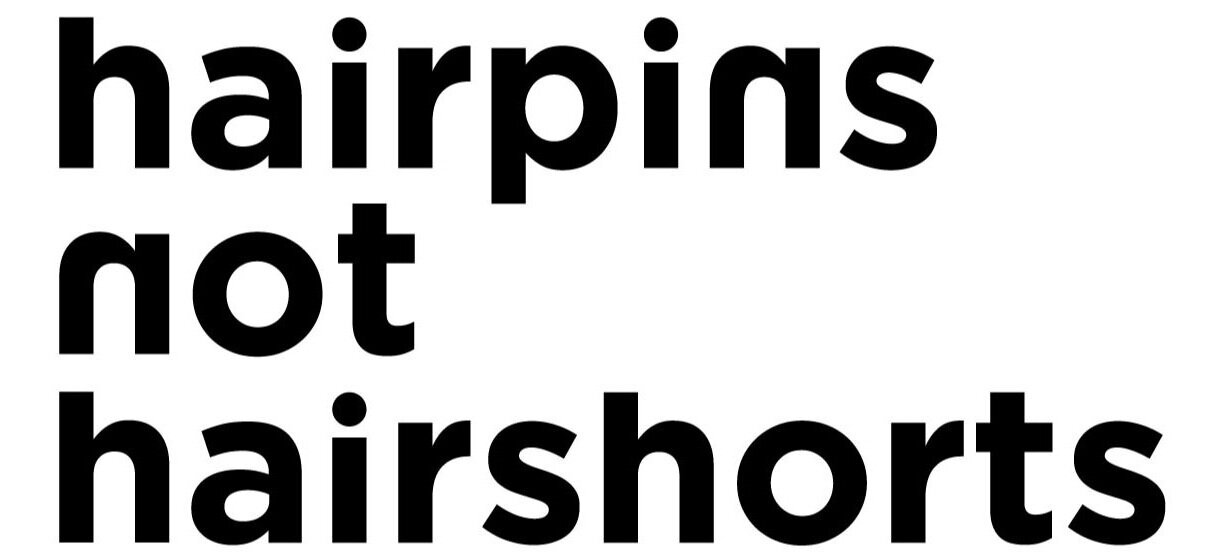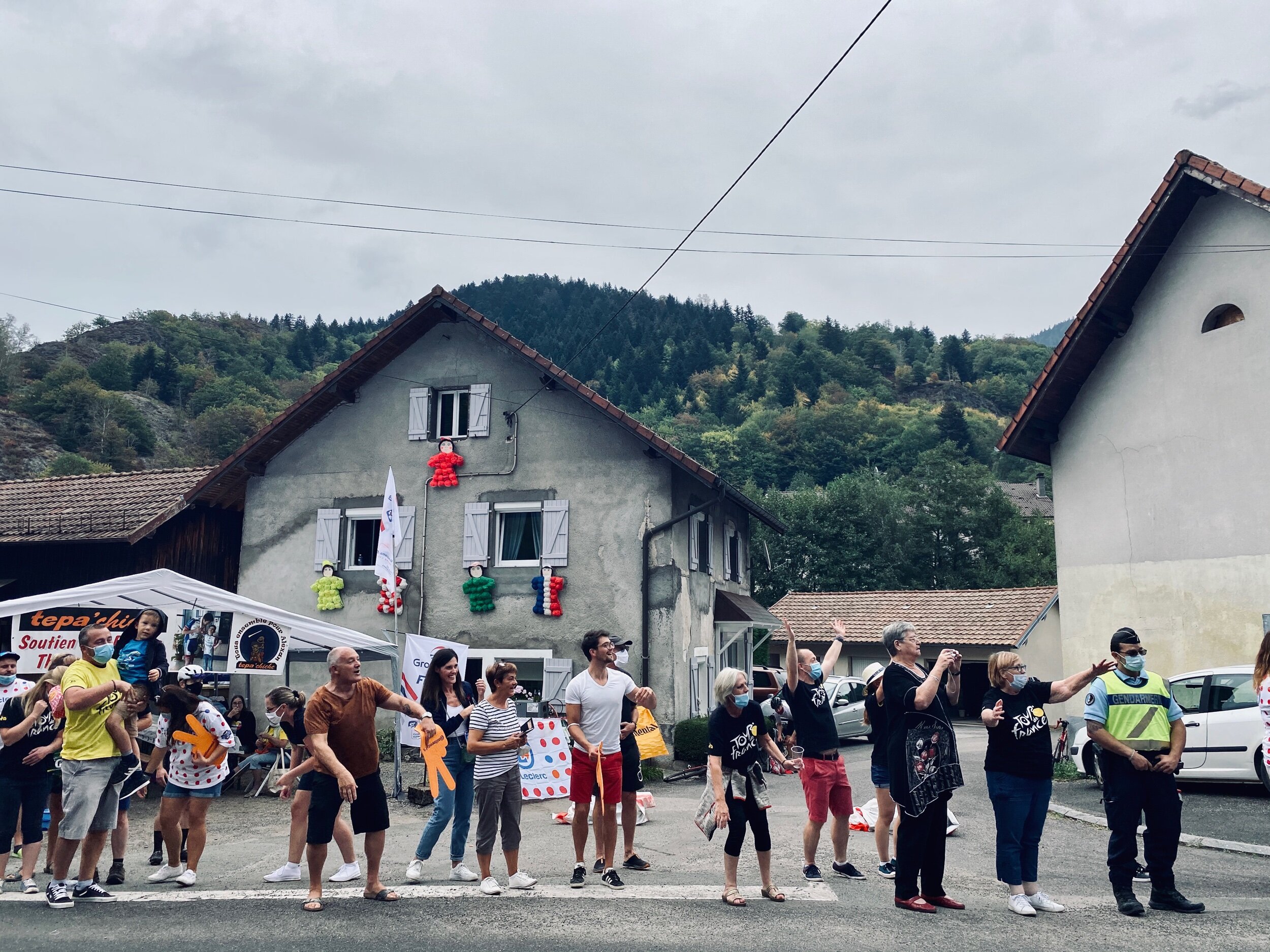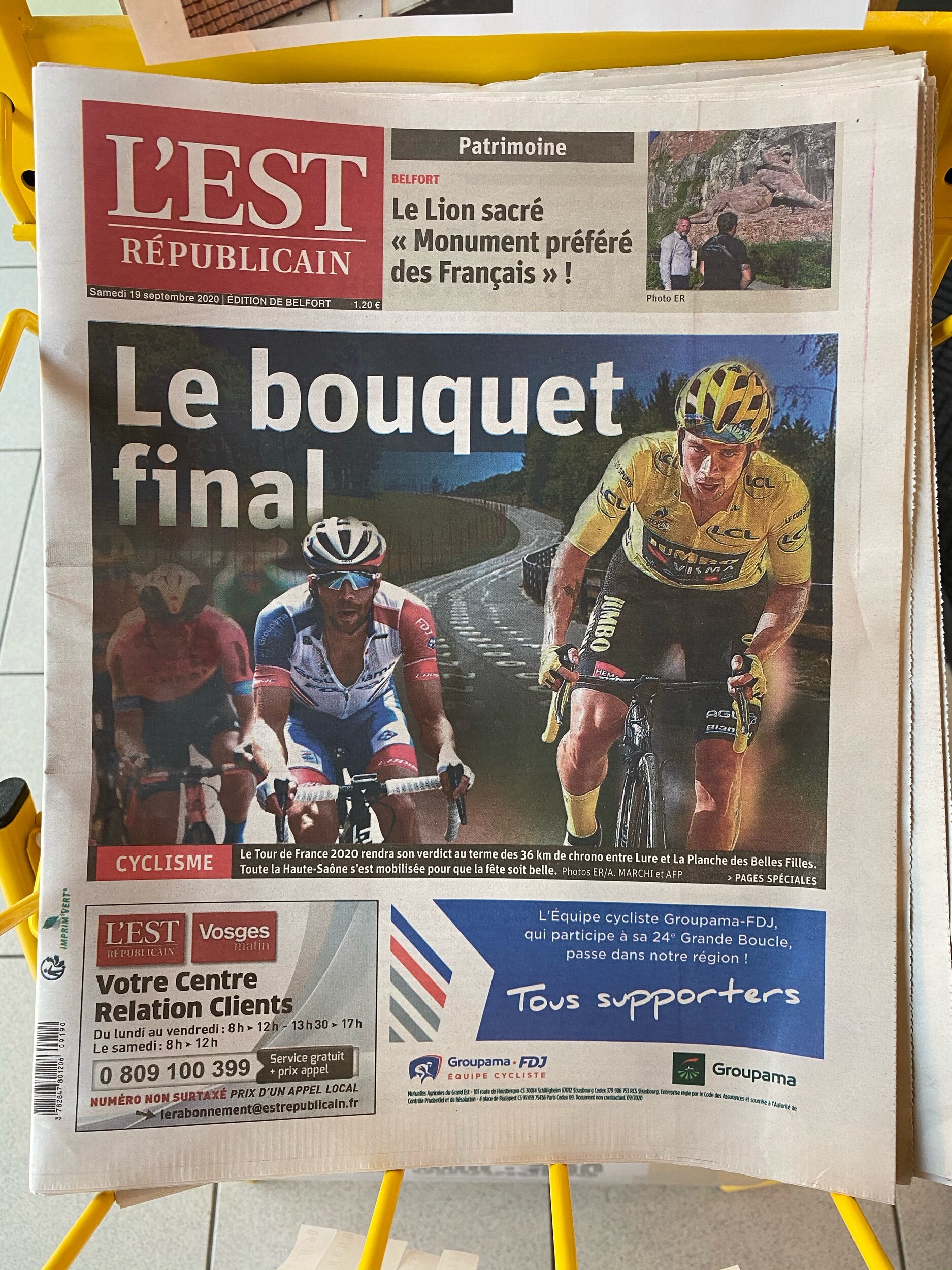The most insightful content is on the business of cycling itself: how to start a pro team; how budgets are put together; cycling’s house-of-cards operating model. All this is told from an insider perspective, from an outspoken individual who has worn many different and enviable hats.
If you read Draft Animals - another look at the less glamorous side of being a pro - Phil Gaimon paints a different picture of dealing with JV - as talent. He is cunning and tactful, able to shine a light on desired riders, and under the gun of fickle sponsors, capable of ghosting and stringing others along masterfully.
JV details all of this, in what is very much a reconciliation of the decisions one makes in life, particularly ones that make you sound like a d*ck. Maybe that is part of JV’s secret sauce? A largess made even larger by an inability to nail his persona down completely; to delve deeply into what drives someone to compete - as David - on a stage dominated by Goliaths?
If this is the JV you want, you’ll find it in here. If you’re pressed for time, skip ahead to the book’s best parts. From “Going Postal,” (pg.164), where Vaughter’s details life with USPS, up to present day.
“Lance was going through his bedtime routine, shaving his legs, brushing his teeth, and the like. While I was mid-sentence writing home, he popped out of the bathroom, pulled a vial of EPO from his thermos and filled a syringe with its contents. He jabbed himself while humming some Pearl Jam tune. He spat in the sink, finished the syringe and turned to me. “You’re one of us now, JV.” Yikes.
Cycling in the modern era is shown from this point on, warts are all. The conflict of cheating. How difficult it is managing a team on scraps. These themes are illustrated beautifully in stories about negotiations with Rigo after a 2017 Tour podium (how do you keep a potential GC winner on a team with no money?); telling and entertaining anecdotes, “revealing a romance between a deeply flawed human and a deeply flawed sport.”
Yes there are lulls in the book, and in his character. The entirety however paints a picture of a personality enmeshed in cycling’s major headlines of the last 20 years. It is revealing in the level of detail, particularly on issues of instability, the chasm between the deep-pocketed teams and the rest and on racing clean -- while describing what it takes to compete and ultimately, succeed.
“Plainly, I wrote this book because I was in the fog of a divorce, in pain, and looking back through the dusty, tattered books of my memories. I realized cycling had defined every fiber of my being, for better or for worse, and this book is part of that. I just felt that there were stories that needed to be told in a gritty and human light, without any spin. You can’t give people texture on Twitter.”
One Way Ticket: Nine Lives on Two Wheels is available from Penguin Random House here.
JV started competitive cycling in the 1980’s. He’s the founder of the US-based EF Education First Pro Cycling and he’s one of the sport’s most towering figures.
That’s what his book jacket says at least. But I think it’s pretty hard to argue with most of it.

























